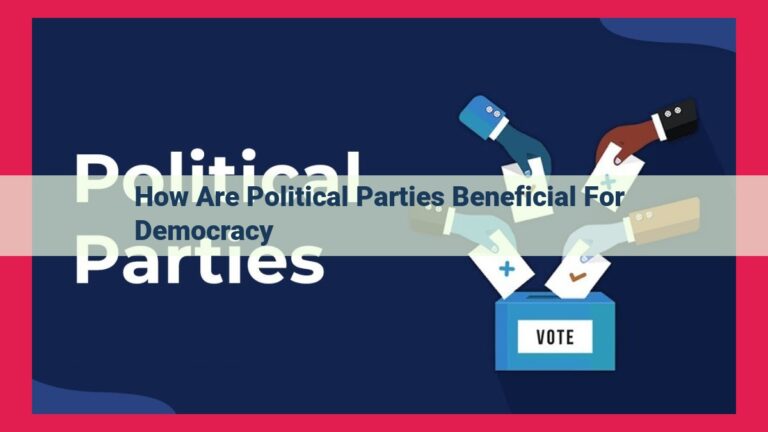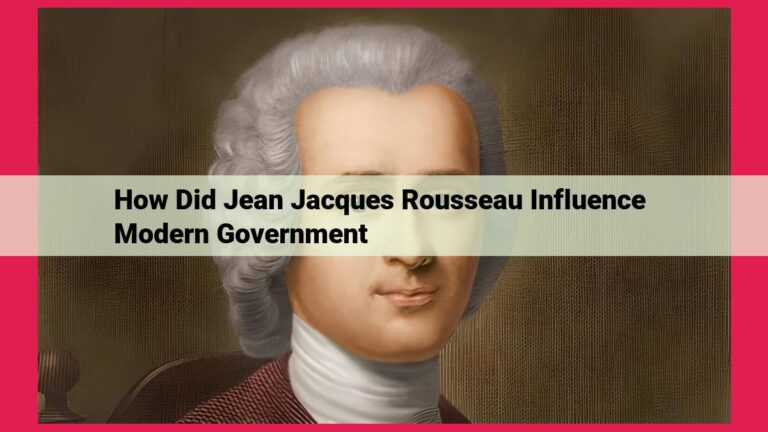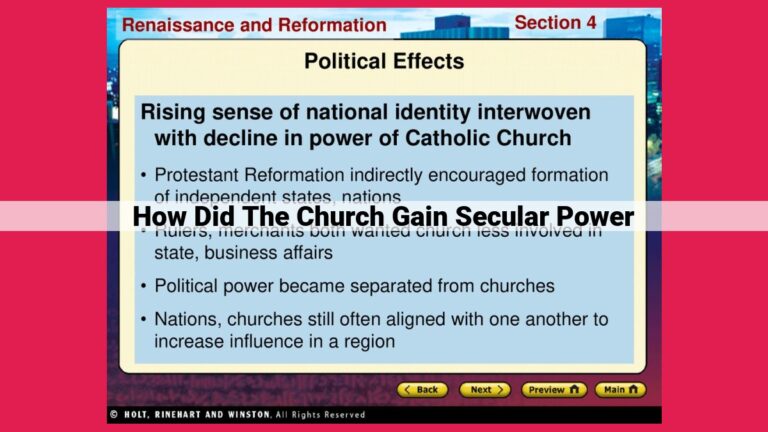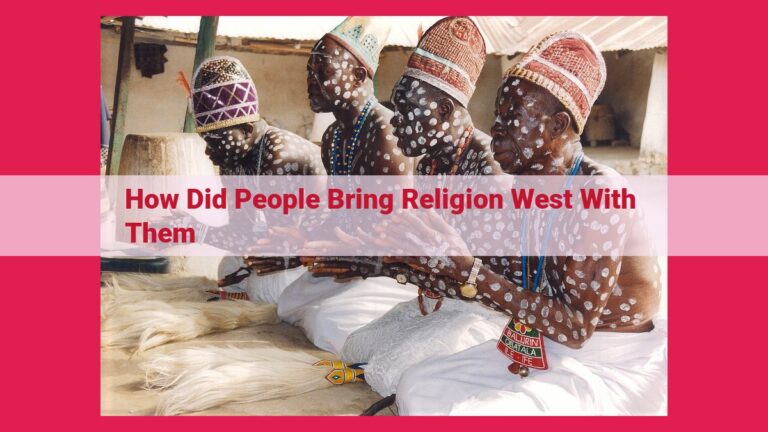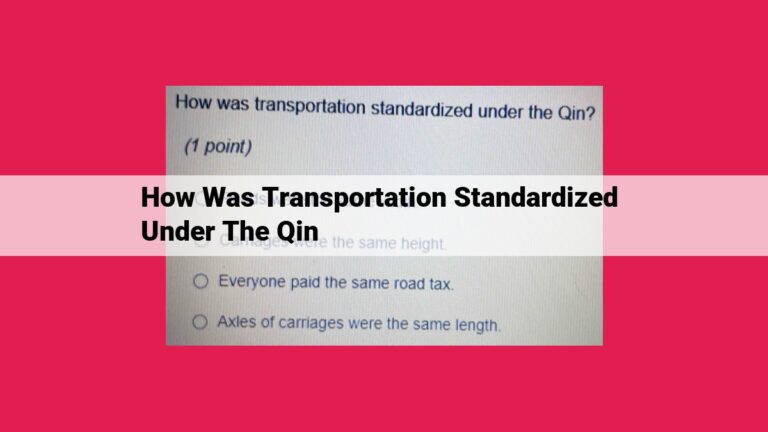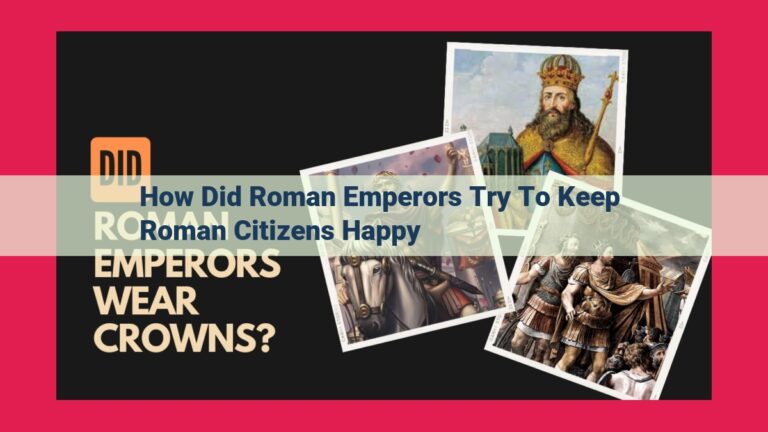Interest Groups Vs. Political Parties: Roles, Differences, And Impact In The Political Arena
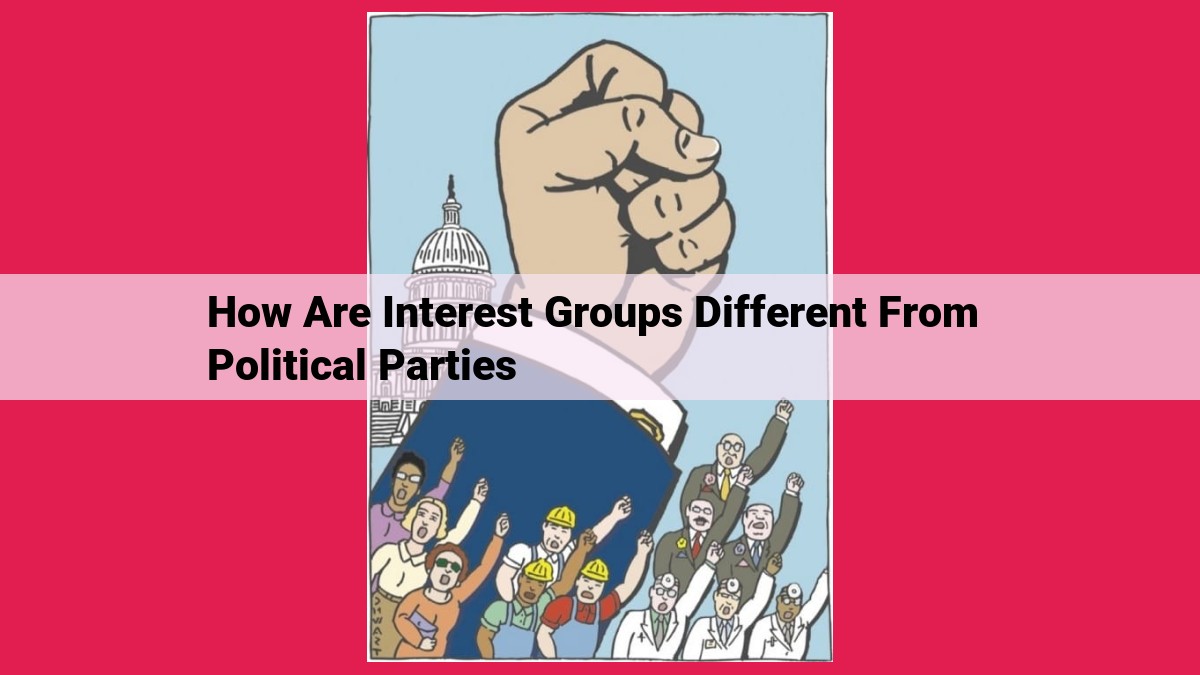
Interest groups and political parties, while both active in the political arena, differ in significant ways. Interest groups represent specific interests and seek to influence policy decisions affecting their members. They employ strategies like lobbying, campaign contributions, and public relations to achieve their goals. Political parties, on the other hand, aim to gain political power by winning elections. They have a broader ideological focus, recruit members, and use a range of organizational tactics to mobilize supporters and advance their platforms. This distinction in purpose, structure, and tactics highlights the different roles these entities play in shaping the political landscape.
Unveiling the Distinct Characteristics of Interest Groups and Political Parties
In the realm of politics, two prominent players shape the landscape: interest groups and political parties. While both seek to influence decision-making, their identities and approaches couldn’t be more different. Let’s delve into the crucial distinctions that set these entities apart.
A Tale of Two Definitions
Interest groups, also known as special interest groups or advocacy groups, represent the narrow interests of specific segments of society. They focus on specific policy areas, such as environmental protection, healthcare, or labor rights. In contrast, political parties are broad coalitions that aim to win elections and control government power. They represent a wide range of interests, encompassing social, economic, and political issues.
Their Goals and Strategies
Interest groups seek to influence policy by lobbying elected officials, engaging in public advocacy, and occasionally, participating in elections. Their strategies revolve around articulating their specific concerns and mobilizing support from their targeted audiences. Political parties, on the other hand, have the ultimate goal of gaining and exercising governmental authority. They develop platforms, run candidates, and mobilize voters to achieve their objectives.
Goals and Strategies: A Tale of Influence
In the intricate tapestry of politics, interest groups and political parties weave distinct threads, each pursuing their own unique agendas. Interest groups, often representing narrow constituencies, strive to promote specific policies or influence decisions that align with their members’ interests. In contrast, political parties seek to gain political power by winning elections and enacting broad platforms that appeal to a wider range of voters.
Interest Group Motives and Methods
Driven by a shared purpose, interest groups employ diverse strategies to achieve their goals. Common tactics include:
- Lobbying: Engaging with policymakers to advocate for specific legislation or regulations.
- Campaign contributions: Providing financial support to candidates and political parties that support their agendas.
- Grassroots mobilization: Activating their members to voice their opinions and influence public opinion.
- Litigation: Using legal means to challenge policies or actions that conflict with their interests.
Political Party Objectives and Tactics
Political parties, on the other hand, aim to win elections and govern. To do so, they adopt a range of strategies:
- Candidate recruitment: Identifying and supporting candidates who align with the party’s platform.
- Fundraising: Collecting money to finance campaigns and support party operations.
- Campaign organization: Mobilizing volunteers, developing campaign messages, and implementing strategic tactics to win votes.
- Policy development: Articulating and promoting a comprehensive platform that guides the party’s legislative agenda when in power.
Membership and Structure
- Discuss the types of members that make up interest groups and political parties.
- Compare the organizational structure of each type of organization.
Membership and Structure
Interest groups are primarily composed of individuals or organizations who share a common interest or goal. They can be as diverse as environmental advocates, gun rights activists, or healthcare professionals. Membership is often voluntary and driven by a desire to influence policy decisions that affect their interests.
In contrast, political parties are made up of individuals who organize around a shared ideological platform and seek to gain political power. They have a more formal structure with elected officials, party leaders, and a hierarchical organization. Party members are typically more active in the political process, attending rallies, volunteering in campaigns, and donating to candidates.
Organizational Structure
Interest groups usually operate with a looser organizational structure than political parties. They may have a board of directors or an executive committee that oversees policy decisions, but their members often have more autonomy.
Political parties, on the other hand, are highly structured. They have local, state, and national organizations, each with its own elected leadership and established rules and procedures. This structure allows them to mobilize resources, coordinate campaigns, and present a unified front to the public.
Implications for the Political Process
The distinct membership and organizational structures of interest groups and political parties shape their respective roles in the political process. Interest groups advocate for specific policies and can influence legislation through lobbying, campaign contributions, and public pressure. Their focus on narrowly defined interests allows them to exert significant influence on policy decisions that affect their members.
Political parties provide a broader platform for political participation and governance. They offer candidates for elected office and develop policies that address a wide range of issues. Their goal is to gain power and implement their agenda, often through legislative action.
Understanding the differences in membership and structure between interest groups and political parties is crucial for understanding their motivations, strategies, and influence on the political process.
Organization and Management of Interest Groups vs. Political Parties
Structure and Leadership
Interest groups are typically organized around a specific issue or industry, with members sharing common goals and interests. They can be quite varied in size and scope, from small, localized organizations to large national or international groups. The leadership of interest groups is often composed of experts in the relevant field or individuals with a strong commitment to the group’s cause.
Political parties, on the other hand, are organized around a broader set of principles and ideologies. They have a hierarchical structure, with local, state, and national levels of organization. The leadership of political parties is typically composed of elected officials and party functionaries who are responsible for managing the party’s operations and developing its platform.
Decision-Making
Interest groups make decisions through a variety of mechanisms, including membership meetings, board votes, and consensus-building processes. The decision-making process can be quite participatory, with members having a significant voice in the group’s direction and activities.
Political parties, on the other hand, have more centralized decision-making processes. The party’s leadership, including the party chairperson, platform committee, and national convention, plays a key role in shaping the party’s positions and policies. Rank-and-file members may have limited input into the party’s decision-making process.
Accountability
Interest groups are primarily accountable to their members. They must be responsive to the interests and concerns of their membership in order to maintain their support and legitimacy. Political parties are accountable to their voters and donors. They must balance the interests of their members and constituents with the need to win elections and maintain power.
Influence
Both interest groups and political parties play important roles in shaping public policy. They can influence the political process through a variety of tactics, including lobbying, campaign contributions, public relations, and direct action. However, the nature and extent of their influence can vary significantly depending on their organizational structure, resources, and relationships with policymakers.
Tactics and Methods
How Interest Groups and Political Parties Shape Policy
Interest groups and political parties play influential roles in shaping policies through a range of tactics and methods. They employ strategies to advance their agendas and influence decision-makers. However, the effectiveness of these strategies can vary widely.
Lobbying and Advocacy:
One common tactic is lobbying. Interest groups directly engage with legislators and policymakers to advocate for their positions. They try to persuade officials to support or oppose certain legislation or policies. Similarly, political parties engage in lobbying, but they typically focus on a broader range of issues related to their platforms.
Campaign Contributions:
Political parties heavily rely on campaign contributions to fund their activities and support candidates for office. Interest groups may also make contributions to curry favor with parties, hoping to gain influence over policies. This practice raises concerns about the potential for undue influence of special interests.
Grassroots Mobilization:
Interest groups and political parties mobilize their grassroots supporters to engage in protests, rallies, and other forms of public demonstrations. By demonstrating public support for their causes, they can put pressure on decision-makers and raise awareness of their issues.
Media Outreach:
Both groups actively engage with the media to shape public opinion and influence policy debates. Interest groups may release reports, hold press conferences, and engage in media campaigns to sway public sentiment. Political parties use similar tactics to promote their candidates and platforms.
Coalition Building:
Building coalitions with like-minded organizations is another common strategy. Interest groups and political parties form alliances to increase their influence and amplify their voices. By pooling their resources and coordinating their efforts, they can more effectively advance their agendas.
Influencing Elections:
Political parties focus heavily on winning elections to gain control of government. Interest groups may also endorse candidates or support campaigns that align with their positions. By influencing who gets elected, they can indirectly shape policies and decisions.
Effectiveness of Strategies:
The effectiveness of these strategies varies depending on factors such as the strength of the group, the issue at hand, and the political context. Lobbying and campaign contributions can be effective in influencing specific policy decisions, while grassroots mobilization and media outreach can shape public opinion and raise awareness. Coalition building and influencing elections provide broader long-term influence over the political process.
Influence and Impact: The Shaping Force of Interest Groups and Political Parties
Interest groups and political parties wield significant influence over the political process, shaping policy outcomes that impact our lives. These groups operate behind the scenes, often influencing decisions that affect our communities, industries, and overall well-being.
Interest Groups: Narrow Focus, Targeted Impact
Interest groups represent specific sectors, industries, or causes. Their narrow focus allows them to concentrate resources and expertise on issues directly related to their interests. By organizing their members and mobilizing support, they can leverage their combined clout to influence policy decisions.
Political Parties: Broad Spectrum, Ideological Drive
Political parties encompass a wide range of ideologies, perspectives, and supporters. They seek to control government by winning elections and implementing their platforms. While parties often align with certain interest groups, their broader base and more generalist approach give them a wide scope of influence.
Collaboration and Conflict: A Dynamic Relationship
Interest groups and political parties often collaborate to achieve common goals, such as supporting legislation that aligns with their interests. However, they can also conflict when their priorities diverge. These conflicts can lead to intense lobbying campaigns, public debates, and even political gridlock.
Examples of Influence
- Environmental groups played a crucial role in the passage of the Clean Air Act and the creation of the Environmental Protection Agency.
- Business lobbies have influenced economic policies, such as tax cuts and regulations, benefiting their industries.
- Political parties have shaped healthcare, education, and immigration policies based on their ideological platforms.
Implications for the Political Process
The influence of interest groups and political parties raises important questions about the role of special interests in shaping policy. Critics argue that these groups can undue influence and undermine the integrity of the democratic process. Others contend that they provide essential representation and advocacy for diverse perspectives.
Interest groups and political parties are powerful forces in the political landscape, shaping policy outcomes and influencing our lives. Their narrow and broad foci, respectively, give them distinct advantages in influencing decision-makers and shaping the political agenda. Understanding their dynamics is essential for comprehending the complex interplay of interests in the democratic process.
